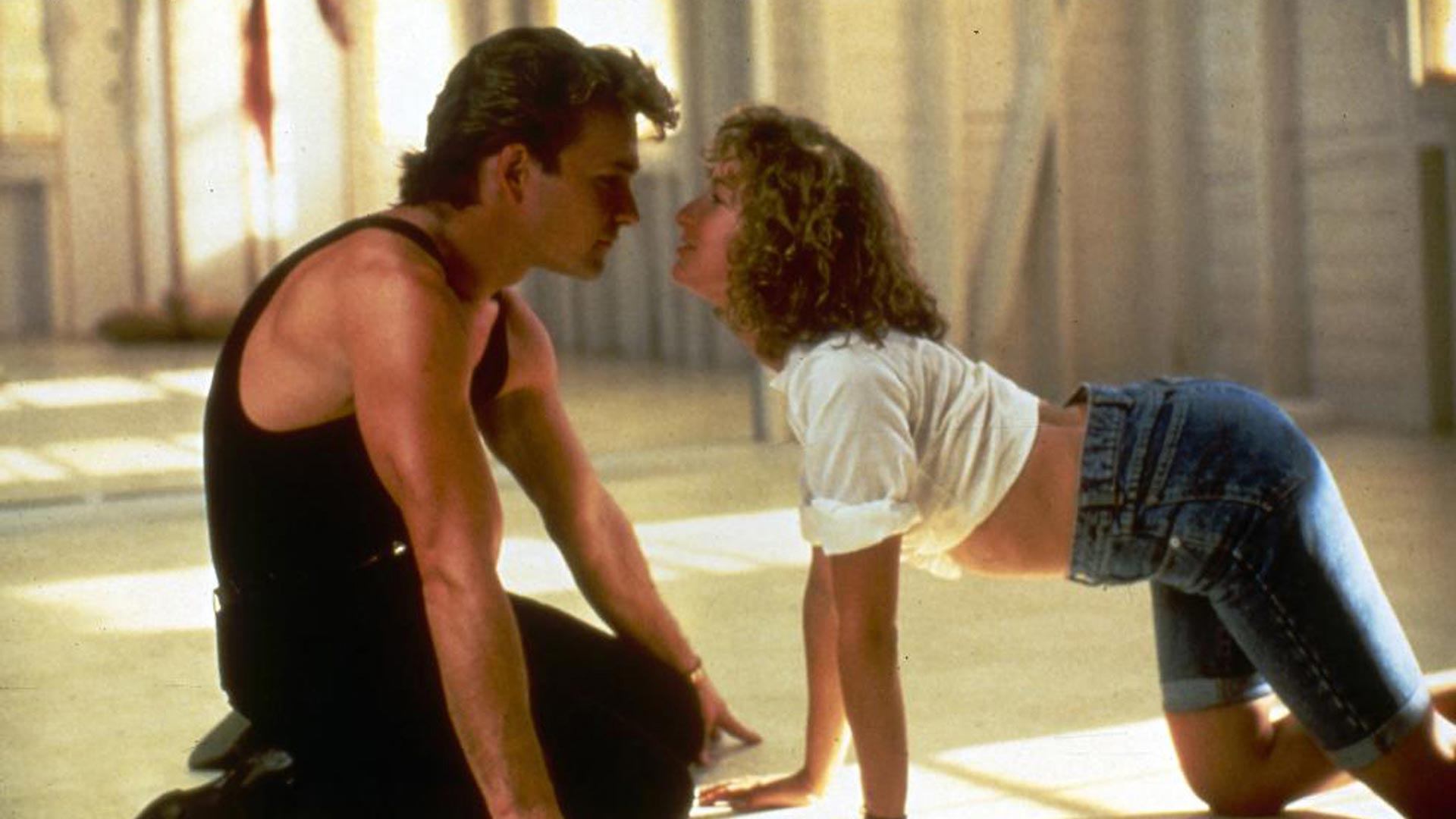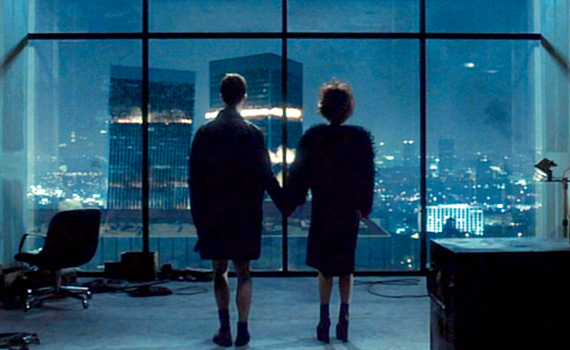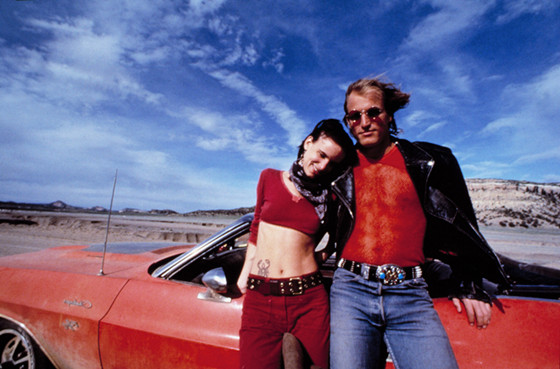5. Dawn of the Dead (1978)

The main takeaway for horror filmmakers from George A. Romero’s seminal original Dawn of the Dead was the gore and the brain-eating. Everyone who has attempted to make a zombie movie since then has focused on making gory set pieces and picking an isolated location that hasn’t been tried before. But they all focused on the wrong aspects.
What they should have taken on board was Romero’s use of zombies and a shopping mall setting to make a comment on consumerism – his point was that we are already zombies swarming to the mall. The same goes for Night of the Living Dead, which was really a commentary on the strained race relations in America (and this was in 1968, when that was a much more controversial topic to attempt to comment on), but Dawn of the Dead has become more of a template for the plot structure and underlying mythologies of zombie movies.
Newer zombie movies/TV shows like The Walking Dead and World War Z have been bereft of this kind of commentary. And today’s divided political climate and the fact that everyone is glued to an iPhone really open the world up to commentary-heavy zombie movies. If everyone hadn’t missed the point of Dawn of the Dead, then we wouldn’t need to rely on The Purge movies for heavy-handed political commentary in horror cinema.
4. Finding Nemo (2003)

Pixar’s delightful undersea adventure Finding Nemo was a monster hit back in 2003, when it grossed nearly $1 billion at the worldwide box office and spawned a belated sequel that grossed over $1 billion at the worldwide box office in 2016. But unfortunately for the marine life that the movie tries so painstakingly to celebrate, a lot of people missed the point that Andrew Stanton wanted to make.
In the movie, a scuba diver snatches up Nemo in a net, breaking apart a family and taking a fish away from his home. Nemo ends up in a fish tank in a dentist’s office, where all of the other fish are miserable and desperate to escape. There’s even a vegetarian shark character. The message is clear: leave fish alone.
And yet, after the movie came out, the sales of clownfish skyrocketed. Everyone wanted to have their own Nemo as a pet, so his species was fished close to extinction. These people obviously missed how depressed Nemo was when he was being kept in the dentist’s office and how the fish in the tank spent all day every day plotting to get out – or they just didn’t care how the fish felt. Either way, it’s kind of ironic. A movie with an environmentalist message becomes so beloved and popular that it destroys the environment. Tragic, but ironic.
3. Dirty Dancing (1987)

Dirty Dancing is not just an uplifting romantic drama about dancing that introduced the world to the song “(I’ve Had) The Time of My Life.” That might have been what attracted audiences in such huge numbers – but that’s not what the movie is about, thematically.
The dancing in the movie is a metaphor for women’s freedom to choose what they do with their bodies. That’s why screenwriter Eleanor Bergstein decided to set it in 1963. Well, that’s partly why. It was based on her own adolescence, which had taken place in real life in 1963. But 1963 was before the landmark Roe v. Wade court ruling that made abortion legal in the United States, hence the controversial illegal back-alley abortion scene.
Penny is pregnant. She’s not ready to have a baby, the philandering father wants nothing to do with it, and a pregnancy will threaten her burgeoning dancing career – three perfectly valid reasons to have an abortion. But because it’s not legal, she has to take the money that Baby got from her father and get an abortion done, not by a doctor with safe apparatus, but by a guy with “a dirty knife and a folding table.”
Bergstein explained last year while Dirty Dancing fans were celebrating the movie’s 30th anniversary, “When I made the movie in 1987, about 1963, I put in the illegal abortion and everyone said, ‘Why? There was Roe v. Wade – what are you doing this for?’ I said, ‘Well, I don’t know that we will always have Roe v. Wade,’ and I got a lot of pushback on that.
Worse than that, there were also very young women then who didn’t remember a time before Roe v. Wade, so for them, I was like Susan B. Anthony saying, ‘Oh, just remember, remember, remember.’” This issue continues to be shockingly relevant as the years go by. Abortion was only legalised in Ireland a few months ago, while women’s health clinics in America are closing faster than ever before.
2. Fight Club (1999)

This David Fincher-directed adaptation of the Chuck Palahniuk novel with the same title is often seen as having an anti-consumerist, anarchist message, because of Tyler’s viewpoints. The people who think this will come out with quotes like, “The things you own end up owning you,” and “We are consumers – we’re the by-products of a lifestyle obsession.” If you take these quotes on board, then you will get lofty ideas about the government and big business and the systems that are in place and “The Man.”
But that is not the message of the film as a whole. It has those quotes and introduces those ideas and those themes, but at the end of the movie, as the credits roll, the message that we are left with is not anti-The Man. A lot of people forget that Tyler is framed as the villain of the story, and ultimately, the message peddled by Fight Club is that as much as we would like to be free from the shackles of government and the systems they have created, it would simply be too chaotic, and that we need those systems to be in place.
Fight Club doesn’t make a point against capitalism – it teases a world without capitalism and then makes a point in favour of capitalism. Besides, is shopping at Ikea really the sign of a failed life?
1. Natural Born Killers (1994)

Oliver Stone’s satirical thriller was meant as a social commentary on the media’s glorification of killers and violence. Throughout the ‘90s, people like O.J. Simpson and Lorena Bobbitt and Tonya Harding and the Menendez brothers (all of whom are featured in a montage at the end of the movie) became media sensations as a result of the accusations or even convictions of murder made against them.
Charles Manson’s followers, the Manson family, even joined in the killing. In Natural Born Killers, the followers of celebrity murderers Mickey and Mallory are just fans. So, real life is even more ridiculous than the skewed world that Stone portrayed in his movie.
After several school shooters in the ‘90s named Natural Born Killers as one of their influences, the media condemned the movie for giving these kids the idea that murderers can become celebrities – but the point of Stone’s film was that the media had already spread this idea by actually making real-life murderers into celebrities.
Somewhat ironically, the media misconstrued the movie as a glorification of murderers, when it was in fact a satire on their glorification of murderers.
Author Bio: Ben Sherlock is a comedian, independent filmmaker, and writer. He has contributed work to such websites as Screen Rant, BabbleTop, and Entropy. Check out his website for standup comedy and short films: https://www.ben-sherlock.com.